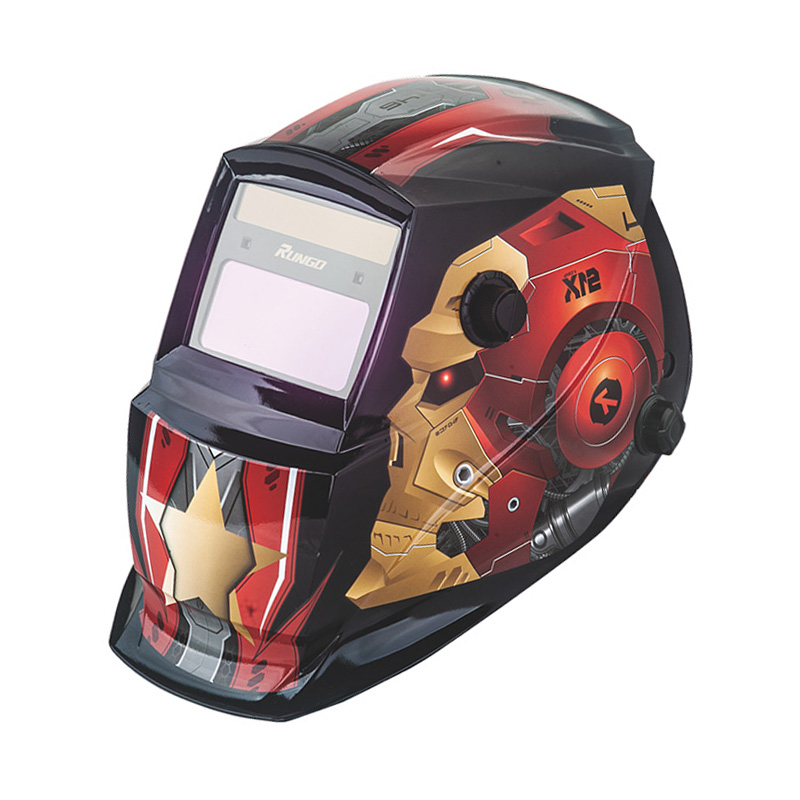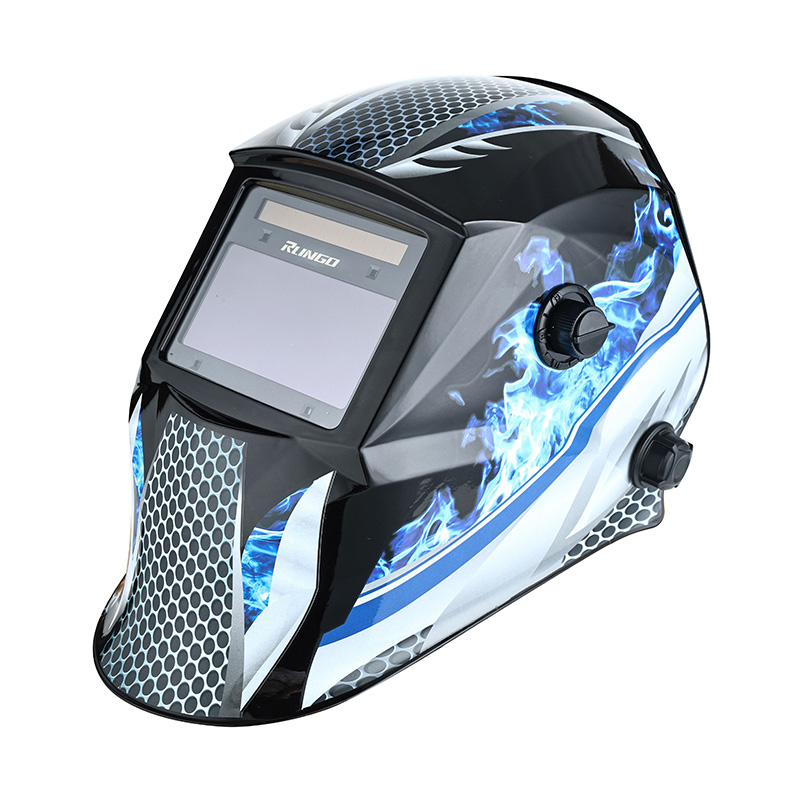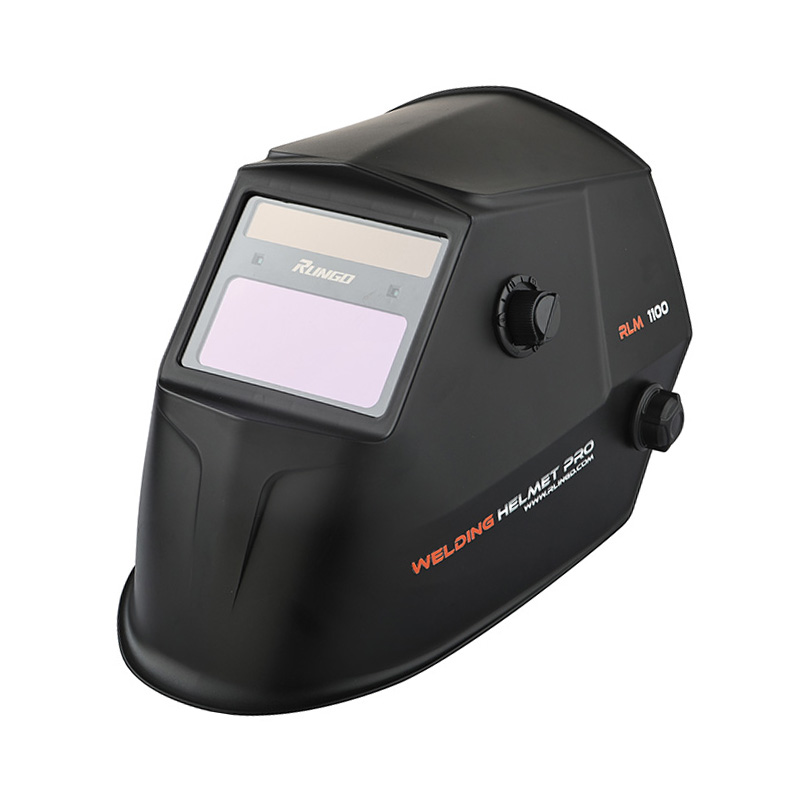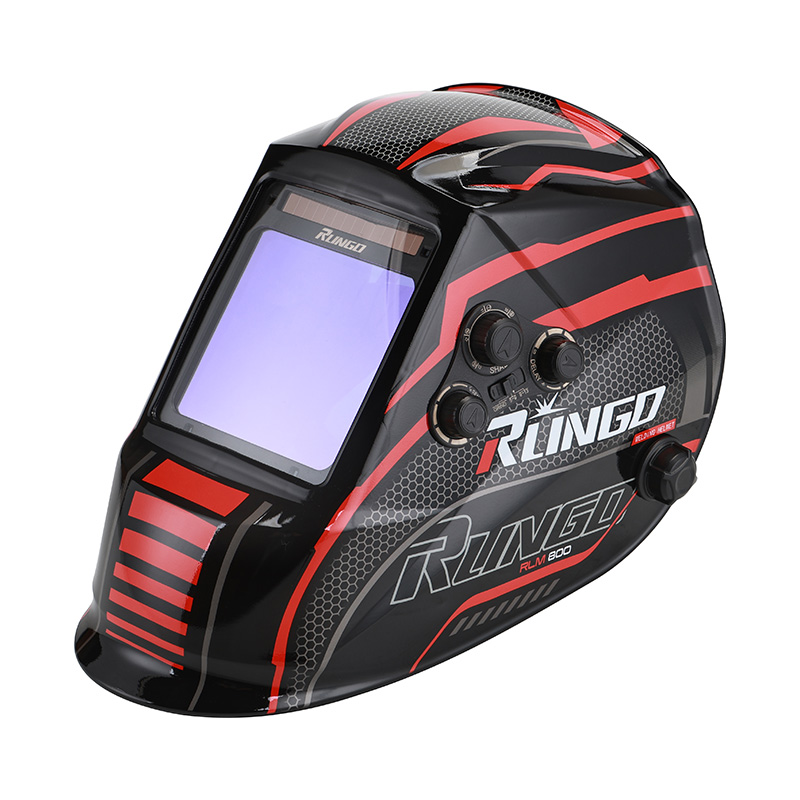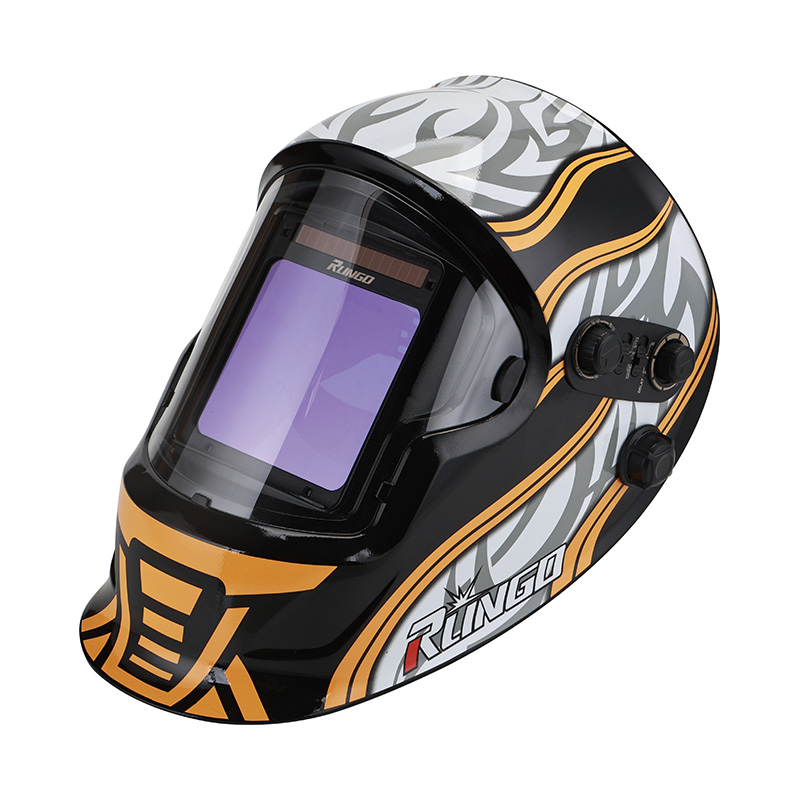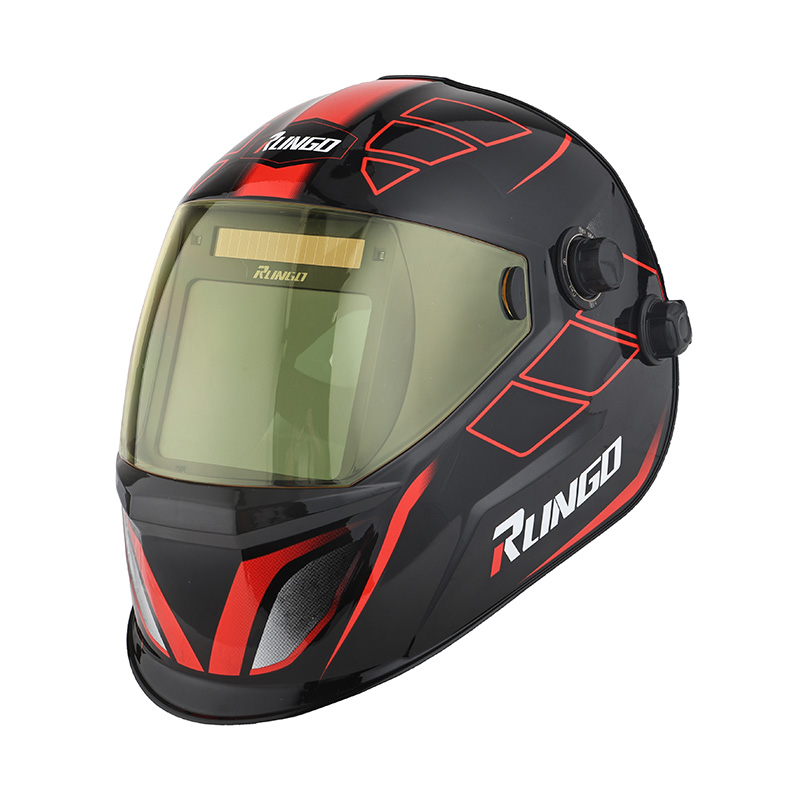Sensitivity of Welding Helmet Sensors During Low Current and Weak Arc Applications
2025-10-03
Introduction to Sensor Sensitivity in Welding Helmets
Among the many innovations in protective gear, the Auto Flash Welding Helmet has become a widely adopted solution for both professional and hobby welders. While its ability to protect eyes and skin from harmful rays is well recognized, a key technical question is whether its sensors remain responsive during low-current or weak-arc welding processes. Since not all welding applications involve strong arcs, the helmet’s sensitivity plays a critical role in determining its overall reliability and usefulness across diverse conditions.
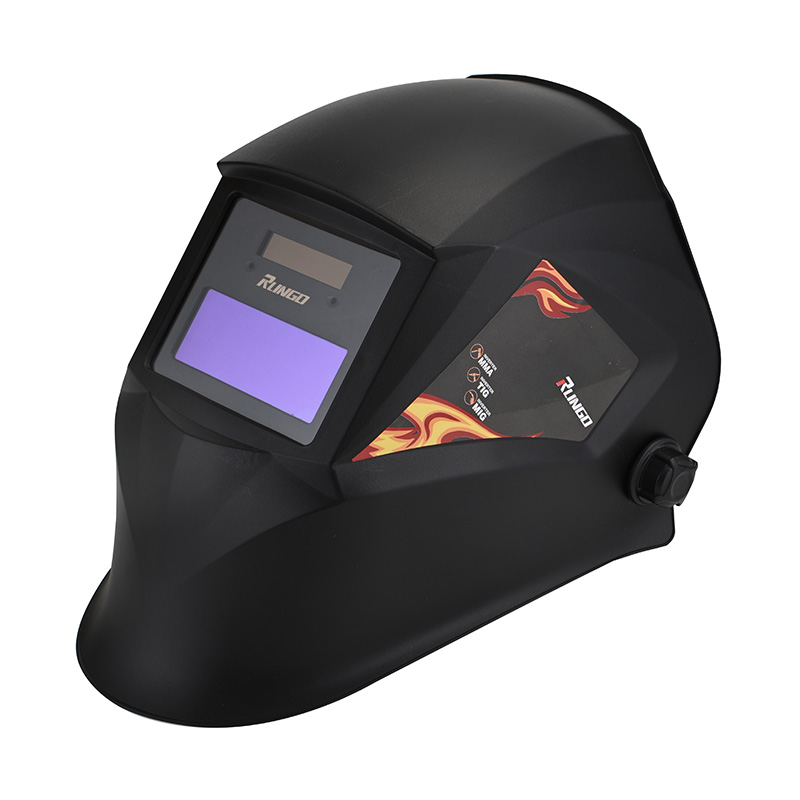
The Function of Light Sensors in Auto-Darkening Technology
The fundamental component of an auto-darkening welding helmet is the light sensor system. These sensors detect the brightness of the welding arc and trigger the lens to darken within fractions of a second, preventing dangerous flashes from reaching the welder’s eyes. When dealing with high-amperage arcs, this process is straightforward because the arc produces intense light. However, under low current or specialized processes such as TIG welding, the arc is less intense, and the sensors must be capable of recognizing subtle variations in brightness.
Challenges of Detecting Weak Arcs
Weak arcs pose a challenge because the emitted light may not always reach the threshold necessary to activate poorly designed sensors. If the lens fails to darken promptly, welders are briefly exposed to unfiltered light, risking eye strain or long-term damage. Furthermore, false triggers may occur if the helmet confuses ambient light sources with the welding arc. Therefore, achieving a balance between sensitivity and accuracy is essential. Too little sensitivity causes delayed darkening, while excessive sensitivity increases the chance of unintended activations.
Design Innovations to Enhance Sensitivity
To address these challenges, modern helmets integrate multiple sensors positioned around the lens. This arrangement increases the probability of detecting arcs from different angles, even if the welder’s head is tilted or the arc is partially obstructed. Additionally, advanced models allow users to manually adjust sensitivity settings, enabling customization for specific welding tasks. For low current applications such as precision TIG welding, higher sensitivity adjustments ensure that even faint arcs activate the darkening filter without delay.
Practical Impact on Welding Processes
The responsiveness of sensors at low current levels directly affects the quality and continuity of work. If a welder cannot rely on the helmet to darken appropriately, they may need to compensate by adjusting positioning or lighting conditions, which slows productivity and introduces distractions. On the other hand, a helmet with reliable low-light sensitivity enables smooth transitions, allowing welders to focus entirely on accuracy and consistency. This reliability reduces eye fatigue and helps maintain high-quality results across both heavy-duty and delicate welding tasks.
User Confidence and Long-Term Safety
The psychological aspect of welding safety should not be underestimated. When welders trust their helmet’s sensors, they can operate with confidence, knowing their eyes are fully protected regardless of the current or arc strength. This trust translates into reduced hesitation, smoother workflows, and fewer interruptions. Conversely, doubts about sensor performance may encourage unsafe practices, such as lifting the helmet to check visibility, which reintroduces risk. Therefore, sensor sensitivity not only ensures physical protection but also influences user behavior and overall safety culture.
Sensitivity as a Defining Factor in Helmet Performance
The ability of sensors to detect weak arcs and respond during low-current welding defines the reliability of modern auto-darkening helmets. Without this sensitivity, welders face interruptions, reduced productivity, and potential eye damage. With it, they gain confidence, precision, and consistent protection across all types of welding processes. As technology advances, sensitivity will remain a critical benchmark for evaluating helmet performance, ensuring welders can rely on their equipment in every possible scenario.

